Mumbai Rains 2024: Echoes of July 26, 2005 Deluge? Remembering the Past, Facing the Present | PHOTOS
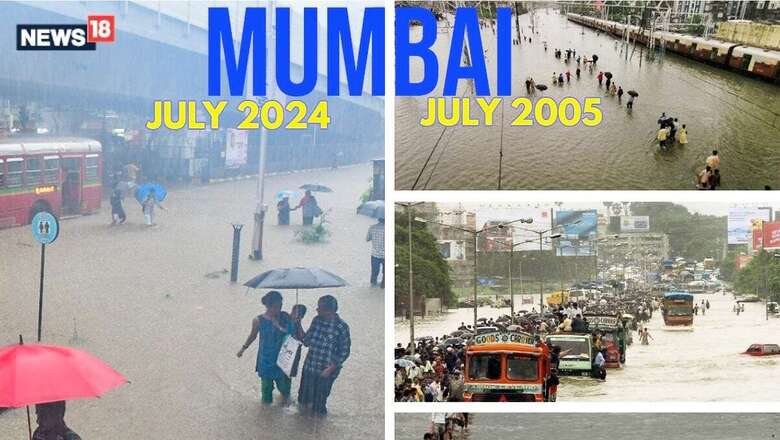
views
ON THIS DAY IN 2005: The people of Mumbai remember the year 2005 for what was a devastating monsoon season. Nineteen years later, the 2005 Mumbai floods remain a record for metropolitan rainfall in India. On July 26, 2005, Mumbai experienced approximately 900mm of rainfall in a few hours. According to reports, Mumbai receives roughly 2000mm of rain every year, which helps to put the scale of the situation into perspective.
However, in only a few hours that day, the city received roughly 45 per cent of its annual precipitation. Residents of Mumbai consider this dreadful day one of the darkest in the city’s history.
WATCH: When Rain Brought Mumbai To A Standstill
Meanwhile on July 25, 2024, India Meteorological Department (IMD) issued a red alert for Mumbai, Pune and Raigad district where heavy to very heavy rainfall has been predicted in the coming 24 hours. Flights and local trains have been delayed due to the torrential weather.
26/7 Mumbai Floods In 2005: All That Happened In One Night
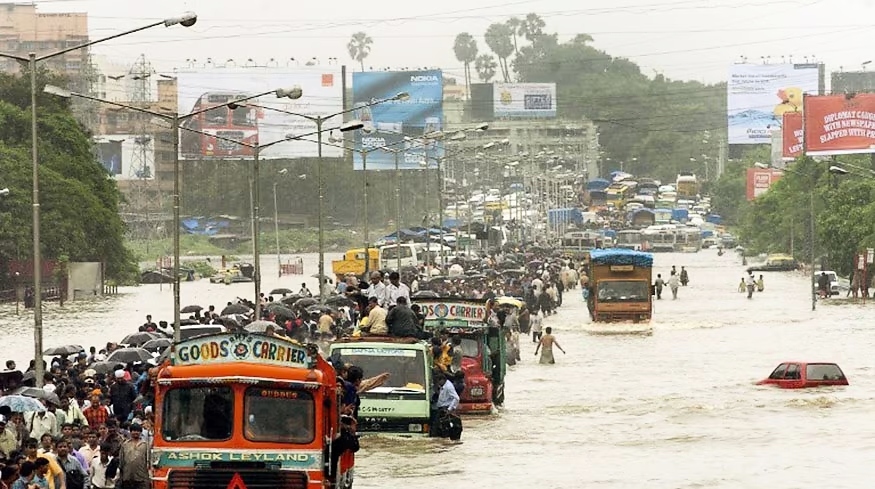
The city, known for its fast-paced life, came to a complete halt as a result of flooded streets and roadways.
As the clock struck midnight, rain began as usual, then intensified into a relentless deluge. Around 2 pm, the Mumbai Metropolitan Region was hit by a violent storm and accompanying rainfall.
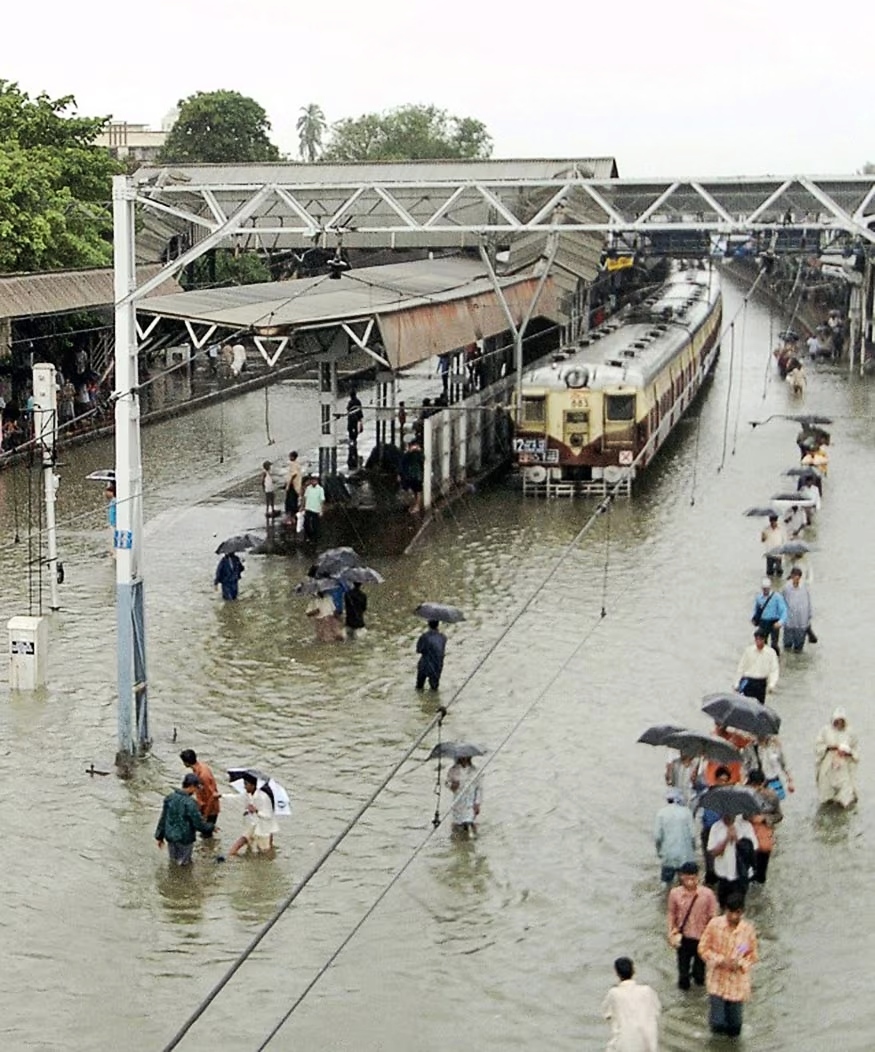
According to reports, Mumbai saw a record 37 inches of rain in just 24 hours, with 26 inches falling in four hours. This thunderstorm exceeded the yearly rainfall in several areas across the country, including the famous Cherapunji, known for having the world’s highest rainfall.

The city was submerged and the rain continued intermittently into the following day, resulting in the eighth-heaviest 24-hour rainfall ever recorded, 944 mm (37.17 inches). Due to this the city’s water supply was contaminated by the mixing of sewage and rainwater. To guarantee safe drinking water, the government consequently mandated that housing societies add chlorine to their water tanks.
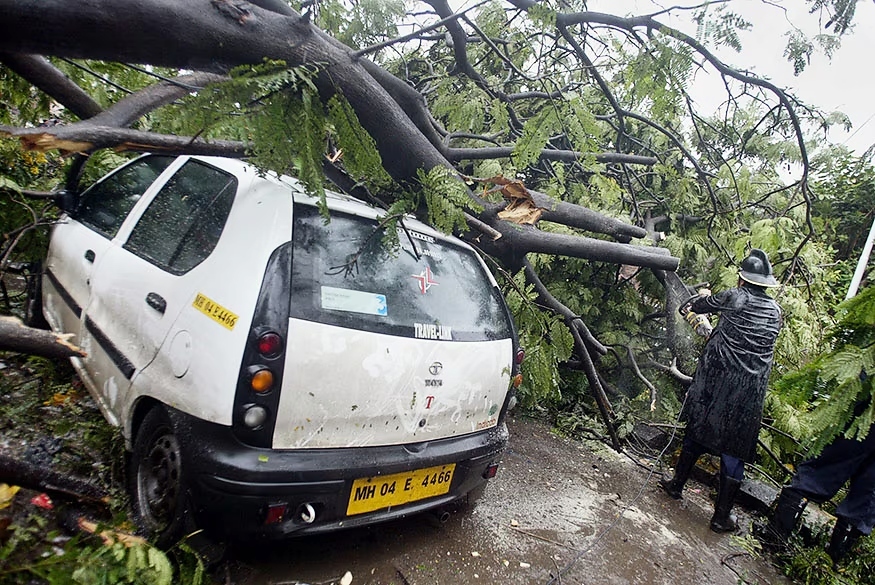
The incident exposed the city’s severe disaster management and readiness flaws. Because of the city’s greatest flood in history, a detailed report was created in 2006, which served as the municipal corporation’s handbook for the next several years.

Furthermore, the failures of the 2005 floods were important in shaping the national standards for urban flood development in 2009.
26/7 Mumbai Floods In 2005: Key Numbers
Transport Disruption
The transport system, said to be Mumbai’s lifeline, was badly damaged. According to reports, the floodwaters destroyed 4,000 cabs, 900 BEST buses, and 37,000 auto rickshaws while forcing 10,000 trucks and tempos off the road. Because of the flooded lines, local trains, which make up the majority of the city’s daily commute, were also suspended.
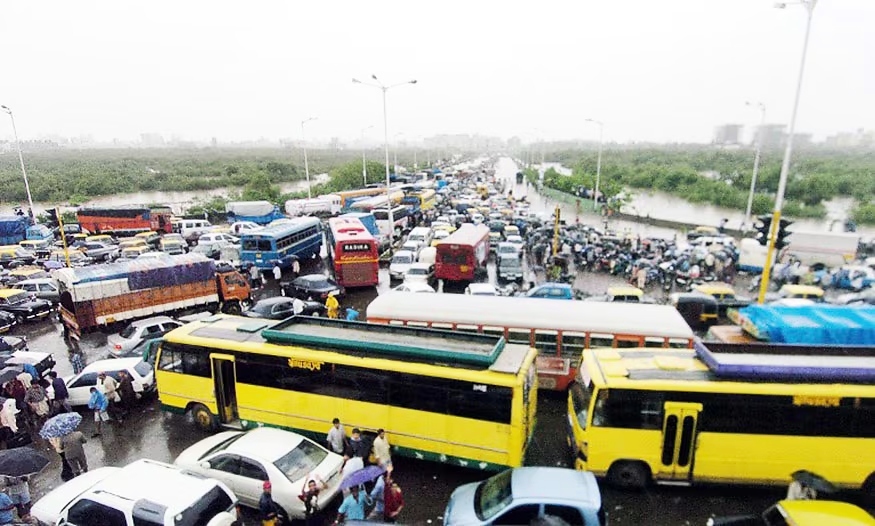
Total number of deaths
The city’s infrastructure couldn’t withstand the heavy rains. Rising floodwaters inundated low-lying highways and residences. The city was paralysed after over 1000 people were tragically killed and countless homes were devastated. Thousands were trapped far from their homes in the commotion, desperately looking for a way to go around. The amount of animal corpses floating in floodwaters has surged, increasing concerns about a pandemic.
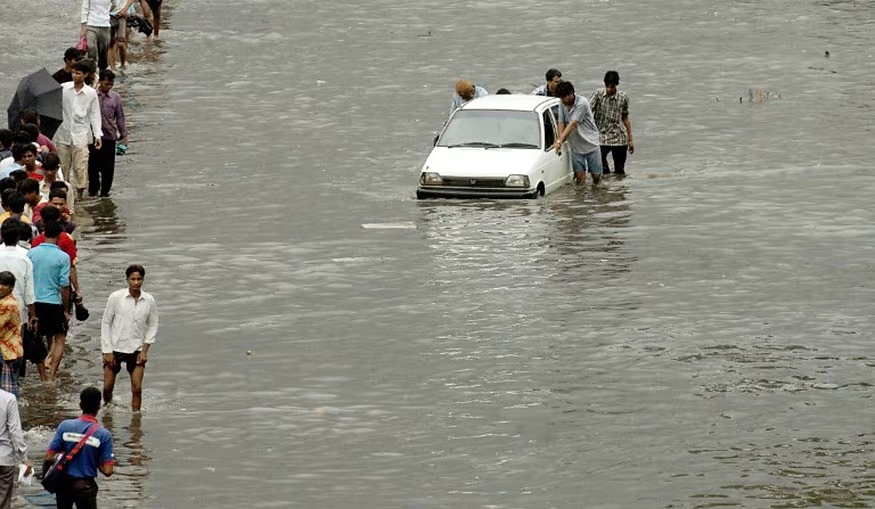
Financial Losses
Floods caused significant damage to property, infrastructure, and businesses. The calamity was expected to result in billions of dollars in economic damage.
Mumbai’s Current Rain Situation
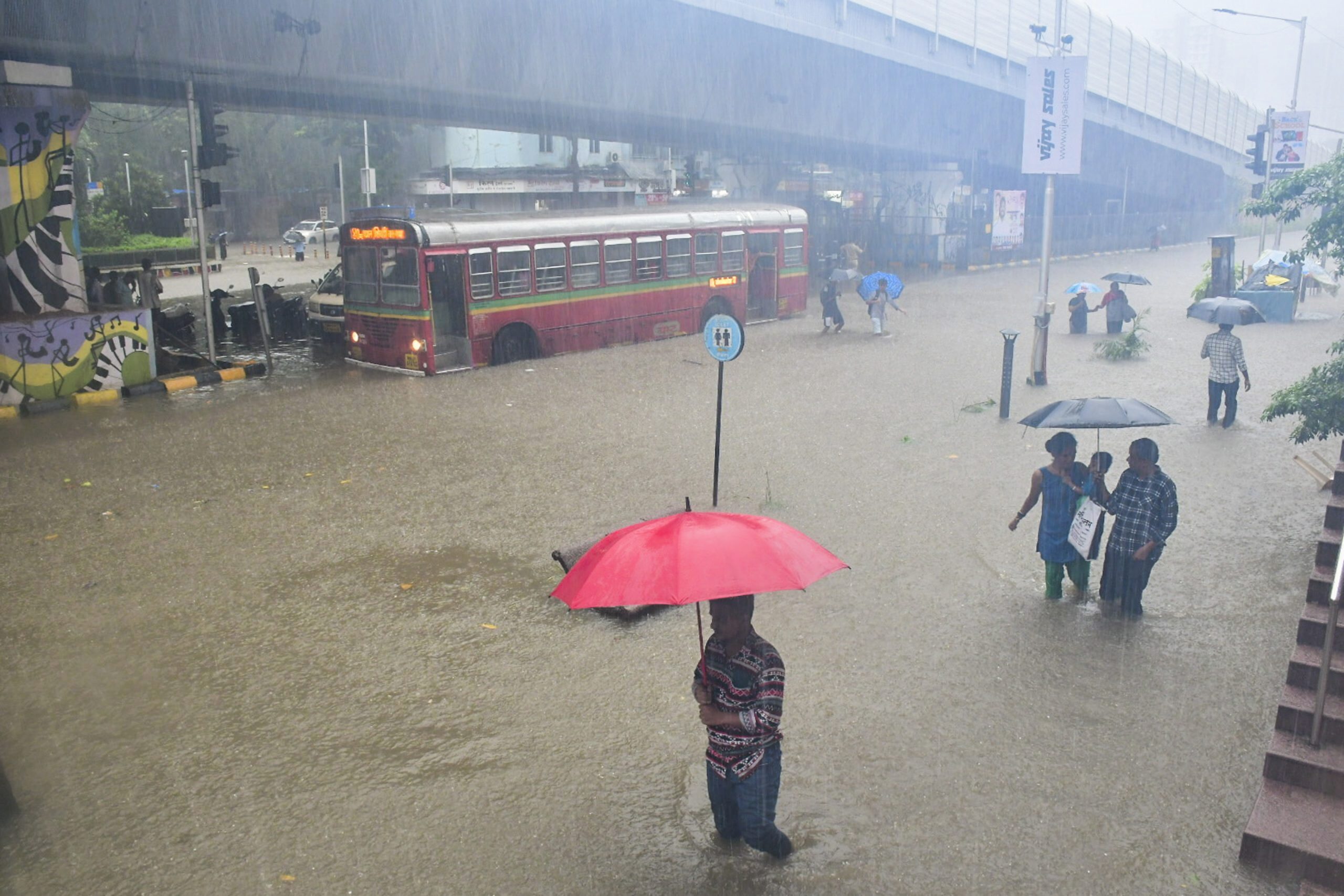
Heavy monsoon rains are causing disruption across Mumbai, Pune, and Raigad districts.
- Red Alert IssuedAuthorities have issued a red alert for these areas, indicating a high chance of extremely heavy rainfall (over 20 cm) in the next 24 hours.
- Travel DisruptionsFlights to and from Mumbai are experiencing delays due to the weather conditions. Local train services are also running slower than usual due to reduced visibility caused by heavy rain and strong winds.
- School ClosuresTo prioritise student safety, schools and colleges in Raigad and Thane districts have been ordered closed. Similar closures have been announced for Wada and Vikramgad talukas in Palghar district.
Why Mumbai is Still Witness Flooding

According to experts, Mumbai’s outdated drainage system, destruction of natural climate barriers, and unsustainable urbanisation are major contributors to the city’s floods during severe monsoons.
Mumbai’s location also plays a role in waterlogging. Reportedly, much of the city was built on reclaimed land, but inadequate filling has resulted in certain low-lying, saucer-shaped areas.


















Comments
0 comment